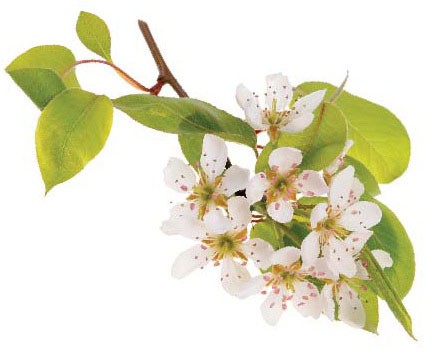In the late 1920s, Franklin and Leslie had a lean-to camp in the Toma country, smack in the middle of nowhere at all, back then. Timber got moved on water in those long decades before the lumber companies cut roads almost everywhere. You can drive a car right to the two men’s campsite now.
These were old-time woodsmen, and many things they told me are lodged in my memory and fancy, but one is lodged more vividly than any. It had to do with a dead man. Neither, they said, could reckon how he came to be killed. No blood on his body, no other mark of violence. He looked as clean and pure as an altar boy.
It was never found out just who the man was, or so my friends insisted. I’m sure the authorities – such as they were in that barely populated region and in that era – did learn his name, but I never challenged either of them, and never so much as asked any of the other old folks about the story itself, let alone about this eerie detail. Even now I don’t speculate, simply because the victim’s identity was not and is not the point. Indeed, his lack of it seems more so.
What sticks in mind went something like this. The brothers were hunting on a certain day, and no matter it was May. This was Depression times, Franklin pointed out. If it hadn’t been for fish in the water and deer on the ground, we’d have starved. No, they didn’t bide their time until some season arrived; they shot and jigged and netted their food year-round.
On the morning they spoke of, they were checking snares when a thunderstorm raced in from nowhere, the downpour ferocious. They took for a thicket of cabbagey pine, which clumped in an old burntland that lightning had fashioned ages before. Boughs grew dense enough there to keep them dry. Having pushed inside the pine stand, they scooched down and waited in silence on the weather.
Then one of them – Leslie, I think – looked out and noticed the corpse.
No, not the corpse, but only the bottom of one bare foot, which glowed with each bolt of lightning. The two hunters knew of course there had to be a body, too; they just couldn’t see it. Whenever it had fallen, it must have dropped right over the near brook’s bank, that bone-white under-foot the one thing left to show. They might easily have missed it if they’d sheltered elsewhere. They wished they had.
Neither spoke for a while, but each of them knew what the other must be thinking. Neither liked the idea of what they’d find by the water when time arrived they’d by God have to find it. You couldn’t just walk away, they told me, although both Leslie and Franklin admitted they might have done so if there hadn’t been the two of them. We was each others’ conscience, each said, or words to that effect.
In any case, they stayed under the pines long after the storm had moved along. Whoever he was, and whatever was left of him next to that stream, wouldn’t be in any hurry himself now. They left the poor devil resting right there until they could puzzle out what on earth to do about him.
Those two brothers are long dead themselves, and what they told me they did do at length – for whatever reason, as I say – that’s a bit of a blur. But I do remember their reporting how they looked out from their shelter when it was fair, and suddenly noticed a twisty, lightning-scarred tree: a pear, of all things. Now so far as anyone had ever known, this godforsaken spot had been no settlement, not even for tribal people. There were no white man’s cellar holes, no remnant fire pits. Nothing for miles but woods and marsh and wind. The fruit tree, just into tiny leafage, was the only indication that the place might have been lived in after all. And how had the pear tree survived the fire?
How, further – unless a seed had been carried by a bird or an animal (from where?), and unless it had been dropped just here – was a pear standing on this spot at all? The only answer seemed that someone, in some dim time, had made a dwelling. There must have been a dooryard, or perhaps this tree was one of many that amounted to an orchard. But why pears? (I never asked how they identified a thing so rare in those parts anyhow.) It was barely true spring, the petals of the pear, of thorn and shad, just lately gone by. In fact there remained a few ribbons of ice along the small brook’s sides where it ran under alder shade. The corpse lay down in that darkness. That fringe of ice chilled the hunters’ souls.
Their story still chills mine, though that’s to describe its impression oversimply.
The hard gully-washer from which they’d sought refuge in the greengrowth had splattered mud on the dead man, but sodden pear flowers, too, which at first they took for old snow. The poor fellow lay naked otherwise, no sign of clothes anywhere they looked.
And the dirt-and-blossom trousers, the mask and cap: as one of the woodsmen told me, they wouldn’t make no difference to him now.


